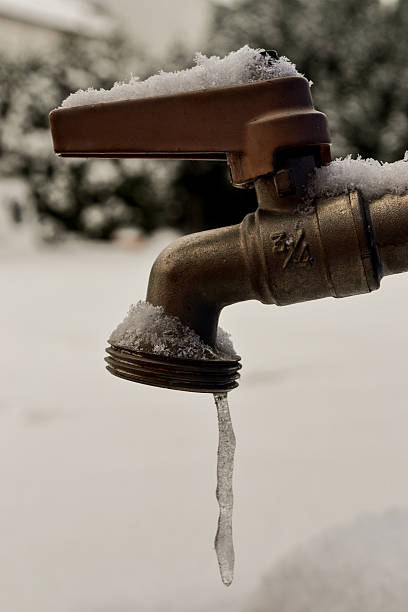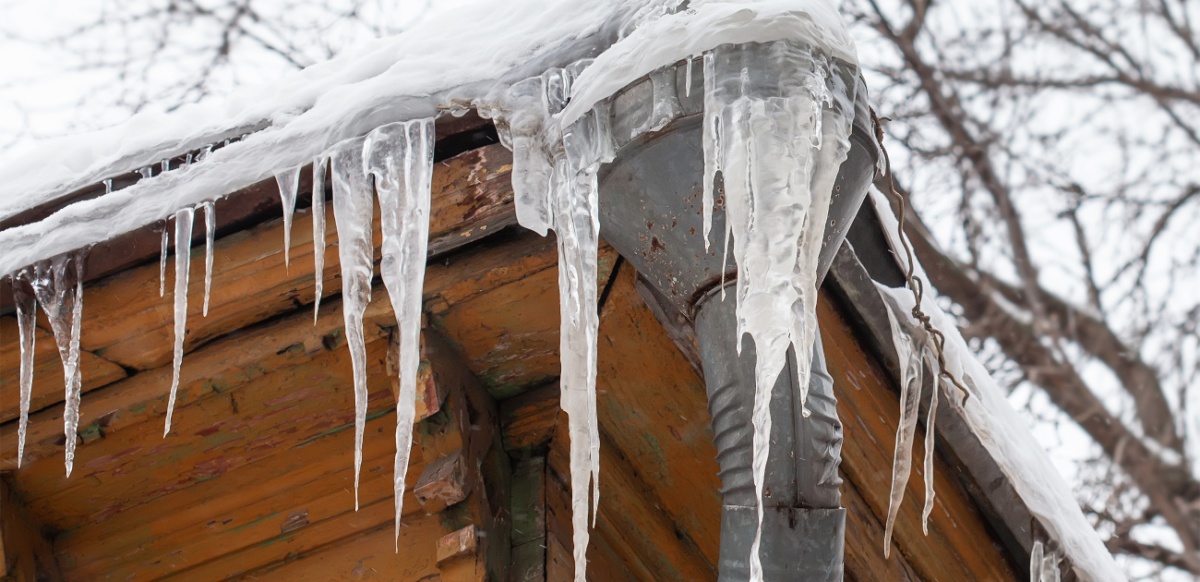Presented here in the next paragraphs you can discover a good deal of awesome facts around How to prepare your home plumbing for winter weather.

Winter can damage your plumbing, specifically by freezing pipelines. Here's just how to prevent it from taking place and what to do if it does.
Introduction
As temperature levels drop, the threat of frozen pipelines increases, possibly leading to expensive repair services and water damage. Comprehending just how to prevent frozen pipelines is crucial for property owners in chilly climates.
Comprehending Frozen Pipes
What causes pipes to ice up?
Pipelines freeze when exposed to temperature levels listed below 32 ° F (0 ° C) for extended durations. As water inside the pipes ices up, it increases, putting pressure on the pipe wall surfaces and potentially creating them to rupture.
Risks and damages
Icy pipes can bring about water supply disturbances, property damage, and costly repairs. Burst pipes can flooding homes and trigger substantial structural damage.
Indicators of Frozen Water Lines
Identifying icy pipes early can avoid them from breaking.
How to determine frozen pipes
Seek lowered water circulation from faucets, unusual smells or sounds from pipelines, and visible frost on exposed pipes.
Prevention Tips
Protecting at risk pipelines
Cover pipelines in insulation sleeves or make use of heat tape to protect them from freezing temperatures. Focus on pipelines in unheated or outside areas of the home.
Home heating strategies
Maintain indoor areas adequately heated, especially areas with plumbing. Open cupboard doors to enable warm air to circulate around pipes under sinks.
Shielding Exterior Pipes
Yard tubes and exterior taps
Detach and drain garden tubes prior to wintertime. Set up frost-proof spigots or cover outdoor taps with protected caps.
What to Do If Your Pipes Freeze
Immediate activities to take
If you think frozen pipelines, keep taps open up to relieve pressure as the ice melts. Make use of a hairdryer or towels taken in warm water to thaw pipes slowly.
Long-Term Solutions
Architectural adjustments
Think about rerouting pipelines away from exterior wall surfaces or unheated areas. Include extra insulation to attics, basements, and crawl spaces.
Updating insulation
Buy top quality insulation for pipes, attic rooms, and wall surfaces. Correct insulation aids preserve constant temperature levels and lowers the threat of icy pipelines.
Final thought
Protecting against icy pipes requires proactive measures and fast actions. By understanding the reasons, indications, and preventive measures, property owners can safeguard their pipes throughout winter.
5 Ways to Prevent Frozen Pipes
Drain Outdoor Faucets and Disconnect Hoses
First, close the shut-off valve that controls the flow of water in the pipe to your outdoor faucet. Then, head outside to disconnect and drain your hose and open the outdoor faucet to allow the water to completely drain out of the line. Turn off the faucet when done. Finally, head back to the shut-off valve and drain the remaining water inside the pipe into a bucket or container. Additionally, if you have a home irrigation system, you should consider hiring an expert to clear the system of water each year.
Insulate Pipes
One of the best and most cost-effective methods for preventing frozen water pipes is to wrap your pipes with insulation. This is especially important for areas in your home that aren’t exposed to heat, such as an attic. We suggest using foam sleeves, which can typically be found at your local hardware store.
Keep Heat Running at 65
Your pipes are located inside your walls, and the temperature there is much colder than the rest of the house. To prevent your pipes from freezing, The Insurance Information Institute suggests that you keep your home heated to at least 65 degrees, even when traveling. You may want to invest in smart devices that can keep an eye on the temperature in your home while you’re away.
Leave Water Dripping
Moving water — even a small trickle — can prevent ice from forming inside your pipes. When freezing temps are imminent, start a drip of water from all faucets that serve exposed pipes. Leaving a few faucets running will also help relieve pressure inside the pipes and help prevent a rupture if the water inside freezes.
Open Cupboard Doors
Warm your kitchen and bathroom pipes by opening cupboards and vanities. You should also leave your interior doors ajar to help warm air circulate evenly throughout your home.

We were guided to that article on 6 Ways to Prevent Frozen Pipes from someone on our other web address. In case you enjoyed our blog post plz make sure you remember to share it. Thank-you for taking the time to read it.
View More